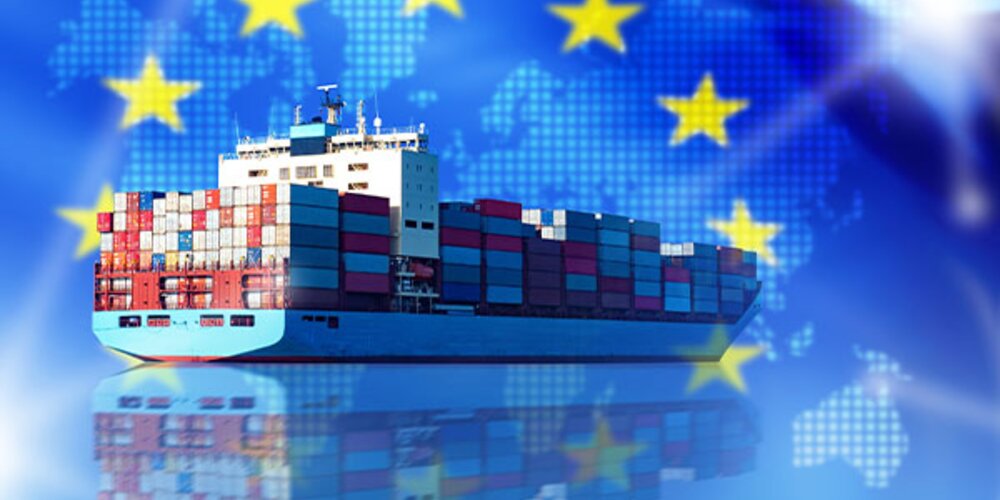Browse our services
Explore how Brookes Bell can help you
Find an expert
Meet our team, find and expert and connect
Contact us
Get in touch, we're here to help

FuelEU Maritime is the latest regulation, introduced under the European Union's Fit for 55 package, looking to encourage the maritime industry to adopt renewable and low-carbon fuels as a means of reducing onboard greenhouse gas emissions in Europe.
The regulation, which came into force on 1 January, applies to any ship above 5,000GT, regardless of flag, calling at an EU port. It includes several carbon intensity reduction targets, starting from a 2% reduction by the end of 2025, a 6% reduction by 2030, all the way to an 80% reduction by 2050. By including financial penalties as part of the regulation, FuelEU Maritime is designed to boost the use of greener fuel choices, such as methanol, ammonia and hydrogen.
However, shipowners face significant challenges in adopting cleaner fuel options such as ammonia, methanol, and hydrogen due to the limited availability of suitable bunkering infrastructure, engine and/or retrofit availability and cost of such advancements. This abundance of hurdles makes the widespread use of these alternative fuels a less viable commercial choice at present.
David Browbank, Fuel Chemist at Brookes Bell, noted that while the regulation itself is a net positive for the maritime industry, the related infrastructure challenges are an immediate issue that needs addressing.
“FuelEU Maritime is a good first step, giving ship owners the time and space to convert to more sustainable fuels, but it has a long way to go to make it completely green. In the short-term, the infrastructure is just not in place to support the adoption of methanol, ammonia or hydrogen at a global level.”
“Some of the major ports are likely to have the finance and capacity to ensure the infrastructure is in place-but you are going to have areas of the world where you are simply not going to be able to afford to have ammonia or methanol bunkering facilities. Both fuel types also have their safety challenges, further complicating their adoption and use.”
David also highlighted other issues with the current bunkering landscape that could limit the potential of FuelEU Maritime and the decarbonisation of commercial vessels.
“In the short term, more research needs to be done into bio-type fuels (other than FAME), which would reduce the amount of heavy fuel oil (HFO) that is being consumed and reduce the related carbon emissions.”
“There is also the question of what to do with all the excess HFO blend components once more sustainable options are being used more routinely. As an industry, we need to ask ourselves: Where is it going to go?”
“HFO is a residual product from crude oil refining and, while low in value compared to lighter fractions, remains widely used in maritime applications. If ship owners aren’t going to burn it, it still has to go somewhere.”
“Trying to find a sustainable way of using HFO could be synthetic fuels or Renewable Fuels of Non-Bio Origin (RFNBO as a way that we can use existing bunkering infrastructure and help to transition commercial vessels to more sustainable fuel options,” David said.
“There has been a lot of development into bio-blends over the past few years. In the short-term, having fuels like B24, B30 and up to B100 is a positive step for the shipping industry, particularly amid this new regulatory landscape, and their inclusion in the latest edition of |SO 8217,” he added.
With regulations like IMO 2020 and FuelEU Maritime now in force, one of the biggest discussions amongst the industry is who should be taking the first step in the adoption of future fuel options. Ship owners argue that until the infrastructure is in place they are not going to invest in vessels that can operate on greener fuel options, while the supply side believes the vessels need to be available for them to build the appropriate infrastructure.
“Ship owners have started to make the first steps in my opinion, with ship owners working in collaboration with OEMs and the numerous decarbonisation coalitions,” said David. “You are starting to see vessels that are designed to be ‘ready’ for ammonia or methanol, with owners backing one future fuel over others. Ship owners have started that transition, so it is up to the wider maritime industry to support that transition.”